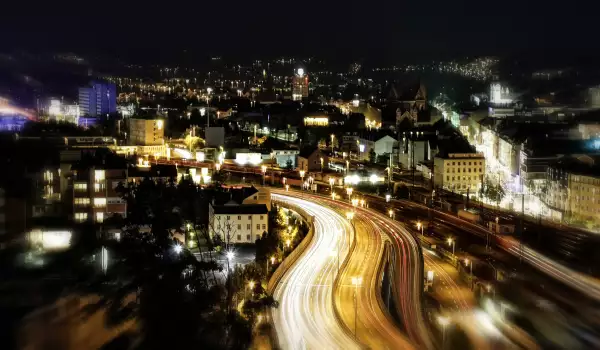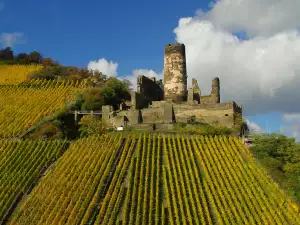Koblenz

Koblenz is one of the most beautiful and oldest cities in Germany. More than 2000 years of history invariably stand alongside the modern face of this German city, located in the southwest, in the province of Rhineland-Palatinate. Koblenz stands beautifully stretched along both banks of the Rhine, just where the river Moselle runs its course into the greater Rhine. Koblenz extends over an area of 105.02 square kilometres and its population is about 107 000 people. Koblenz is the third largest city in Rhineland-rebate after Mainz and Ludwigshafen. It is only 92 km distance in direction southeast from Cologne.
The name of Koblenz comes from the Latin "Castellum apud Confluentes". In translation, it means castle, situated on the merger, considering the merger of the two German rivers. Over the centuries, the name of the town is transformed into Koblenz. There are already more than 2000 years of history behind Koblenz. In place of today's German city Koblenz forts have stood since 1000 BC. Passing over the Rhine here, in '55 BC. Roman Emperor Caesar built a bridge after the area came to locals. In 8 BC, in Koblenz were already erected the walls of a Roman military outpost.
Further history of Koblenz connects to several French kings, who chose this city to build here castles, serving as their official residences. In the ninth and tenth centuries Koblenz became a regular host of several church councils. In 1018. It came into the possession of the Archbishop of Trier and remained so through the late 18th century. In 1794 Koblenz was invaded by the French revolutionary army, which begins to dictate the rules here at this time. Twenty years later Koblenz falls under the occupation of the Russians. As most of the major German settlements, Koblenz became part of Prussia.
Vienna and the 1822 contract dispose that Koblenz became the seat of government of the Prussian Rhine Province. By the end of the 19th century the town consists of an old and new part, called Klemenshtad. After World War I, the city again came under French occupation. During World War II bombing destroyed much of the city.

In Koblenz a festival is held every year, called "Wine in the castle". The exhibition is organized by the Industrial Chamber of Commerce of the City of Koblenz. This is done, while working in cooperation with the German school of winemakers and sommeliers. The festival is held in early May, and it presents its wines from the last harvest, by the best wine cellars of the region.
Each year, the organizers invite a guest country. So far this honour have had countries like Chile, Switzerland and South Africa.

The place where the river Mosel flows into the Rhine, has deep historical and iconic roots in Koblenz. It was named Deutsches Eck, but here is a magnificent monument erected in honour of Emperor Wilhelm I on horseback. In 1953 this monument was erected on a pedestal and declared a symbol of German unity.
The whole statue reaches a height of 37 meters, only the emperor is at the height of 14 meters. The German corner in Koblenz is a monument of UNESCO world heritage. Annually, nearly two million tourists arrive here who want to catch a glimpse of this magnificent monument, decorated with flags of all the German states, the EU flag and American flag in honour of the victims of the tragedy of September 11, 2001
Other attractions in Koblenz are many castles and especially the Churches, which are an echo of the past. A very attractive fortress is Ehrenbreitstein, which is on the opposite bank of the Rhine. Towering in a thick forest near Koblenz is located Stolzenfels Castle, which was built in 1259. Old Town has a triangular shape and is surrounded on two sides by the Rhine and Mosel and the third has fortifications.
Near the river confluence is located the church of St. Castor, built originally in 836. It was reconstructed in Romanesque style in 1208. Only its roof was added later - in 1498. The church has a beautiful fountain, built by Frenchmen in 1812. In the old part of Koblenz, we can see Liybfrauenkirhe, which dates from the 13th century and was particularly impressive with its high towers. The palace in Koblenz now houses an art gallery.













